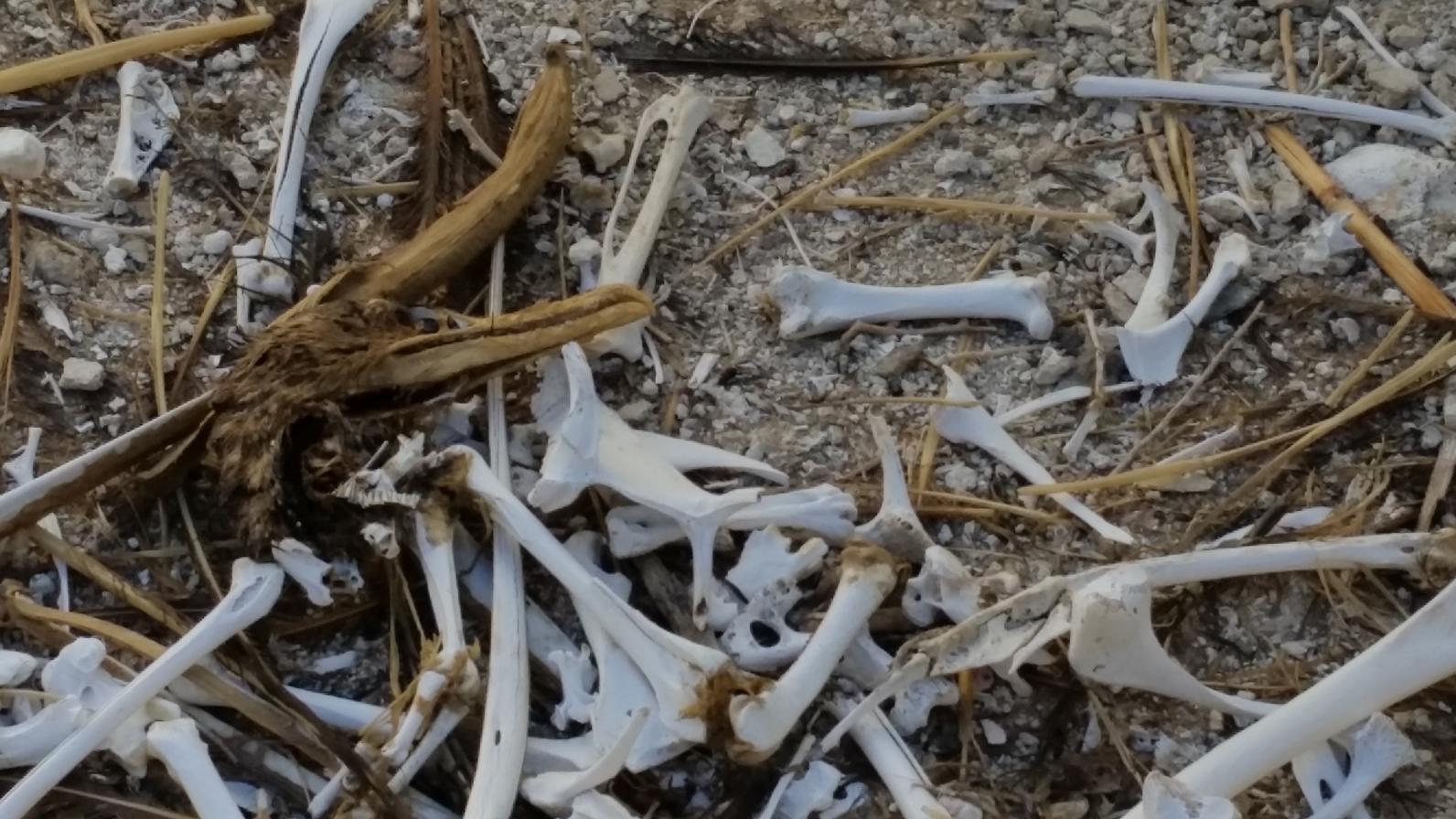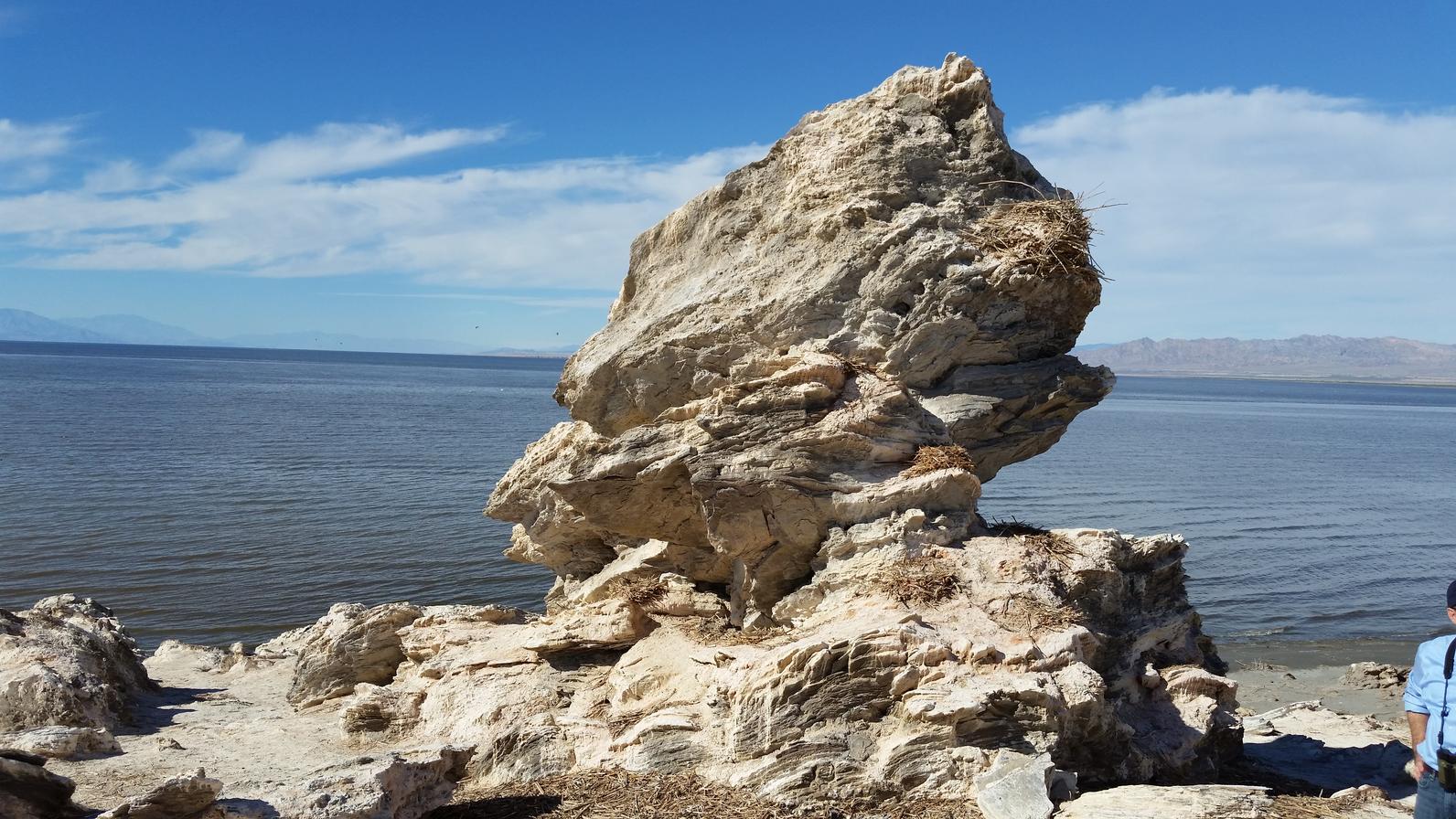Video this week from Mullet Island at the Salton Sea, showing what used to be a vibrant breeding site for Double-crested Cormorants.
While several Audubon California staffer were at the Salton Sea this week to celebrate the groundbreaking of a new restoration project, they took a little time to acquaint themselves with a less joyful narrative: the condition of Mullet Island. Until last year, Mullet Island was North America's second most active breeding site for Double-crested Cormorants. Now the abandoned nests and bones at the site tell a much different story.
At one point in 1999, researchers found more than 5,400 mating pairs on the island, which like the Salton Sea itself, was created in 1905 when water flooded out of the Colorado River. U.S. Fish & Wildlife Service personnel told us this week that there had recently been as many as 10,000 nests on the island.

The island provided perfect breeding opportunities for the birds. Fish were plentiful and the water kept away predators, such as coyotes and raccoons. However, as the Salton Sea’s waters have been increasingly diverted over the years, Mullet Island has been moving more and more toward not being an island at all. Just last year, the end came. A land bridge emerged from the shore to the island, and it was our impression that the cormorants immediately stopped making nests. But that's not the whole story. Apparently many nests were created, only to be attacked and predated by coyotes and raccoons. Scattered nests and bones litter the island now.

Experts aren't sure where the cormorants from Mullet Island have gone to breed. Hopefully, they're not going to East Sand Island in Oregon, where the Army Corps of Engineers are carrying out a plan to kill thousands of birds and destroy thousands of nests, as well.





